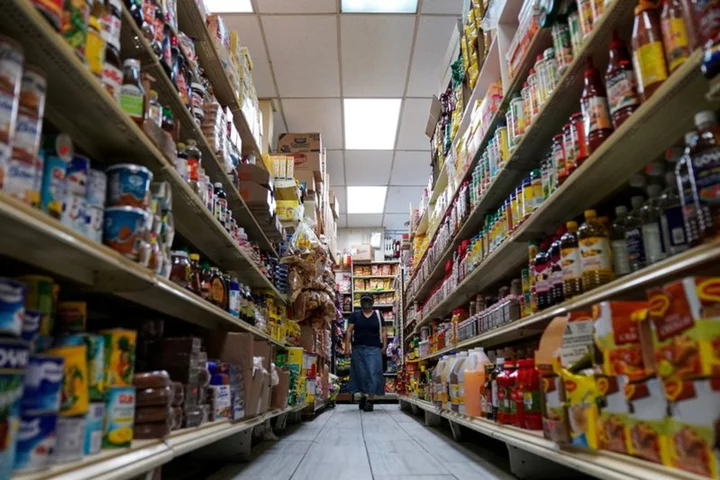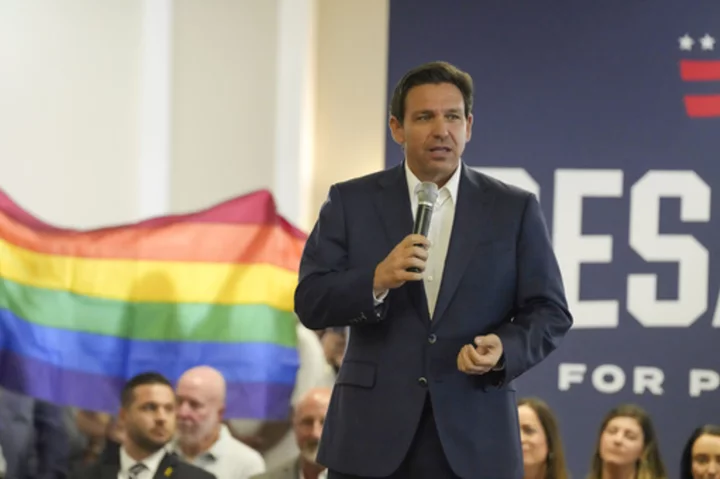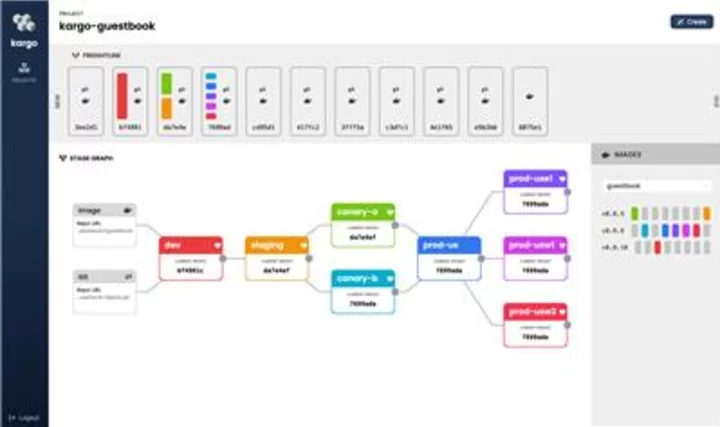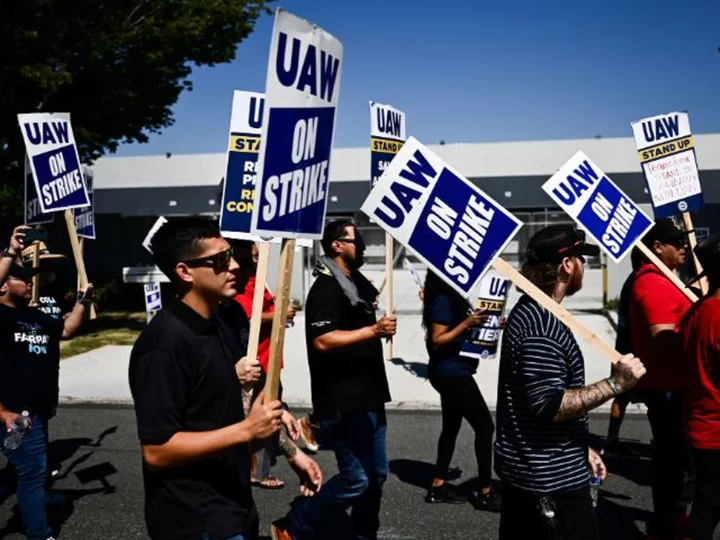By Lucia Mutikani
(Reuters) -U.S. consumer spending rose moderately in October, while the annual increase in inflation was the smallest in more than 2-1/2 years, signs of cooling demand that bolstered expectations the Federal Reserve's interest rate hiking campaign was over.
Those hopes were reinforced by other data on Thursday showing the labor market gradually easing. More Americans applied for unemployment benefits last week and the number on jobless rolls surged to a two-year high in mid-November.
The rise in the so-called continuing claims aligns with anecdotal evidence of slowing demand for labor, though adjusting the data for seasonal fluctuations remains a challenge following an unprecedented surge in applications for unemployment benefits early in the COVID-19 pandemic.
"The data this morning provide more ammunition for (Fed Chair Jerome) Powell and others at the Fed who are looking at an extended hold for policy, rather than an additional rate hike to curb inflation pressures," said Conrad DeQuadros, senior economic advisor at Brean Capital in New York. "There is a hint that searches for a new job by recently laid-off individuals may be taking longer."
Consumer spending, which accounts for more than two-thirds of U.S. economic activity, increased 0.2% last month after an unrevised 0.7% gain in September, the Commerce Department's Bureau of Economic Analysis said. The increase was in line with economists' expectations.
A 0.4% rise in outlays on services, including healthcare, housing and utilities as well as international travel, was partially offset by a 0.2% drop in spending on goods like new light trucks, gasoline and other energy products. The decline in light truck outlays was likely the result of shortages caused by the recently ended United Auto Workers strike.
The moderation in consumer spending followed a brisk growth pace in the third quarter and reflects the impact of higher borrowing costs and depleted excess savings among low-income households. Though wages remain elevated, the pace of increase has slowed from earlier in the year as the labor market eases.
Millions of Americans resumed student loan repayments last month, which could crimp spending next year. Personal income rose 0.2% last month after climbing 0.4% in September. Wages edged up 0.1% after shooting up 0.5% in September. The saving rate nudged up to 3.8% from 3.7% in the prior month.
Fears that the economy could slide into recession in early 2024 could see households reluctant to spend and instead build their savings. So far, the economy has defied predictions of a recession, growing at a robust 5.2% annualized pace in the third quarter, the fastest in nearly two years.
Growth estimates for the fourth quarter are mostly below a 2% rate. Most economists expect the economy to settle into a period of very slow growth, and avoid an outright recession.
U.S. stocks opened higher. The dollar rose against a basket of currencies. U.S. Treasury prices fell.
INFLATION COOLING
Inflation as measured by the personal consumption expenditures (PCE) price index was unchanged in October after rising 0.4% in September.
In the 12 months through October, the PCE price index increased 3.0%. That was the smallest year-on-year gain since March 2021 and followed a 3.4% advance in September.
Excluding the volatile food and energy components, the PCE price index gained 0.2% last month, after rising 0.3% in September. Monthly inflation readings of 0.2% on a sustainable basis are needed to bring inflation back to the U.S. central bank's 2% target, according to economists.
The so-called core PCE price index advanced 3.5% on a year-on-year basis in October, the smallest rise since April 2021, after increasing 3.7% in September.
Stripping out housing, the core PCE price index edged up 0.1% after gaining 0.3% in September. The so-called super core, which is PCE services excluding energy and housing also rose 0.1% after increasing 0.4% in the prior month.
The Fed tracks the PCE price indexes for monetary policy. Policymakers are watching the super core PCE price index to try and gauge their progress in combating inflation.
Subsiding demand and inflation pressures have raised optimism that the Fed is probably done raising interest rates this cycle, with financial markets even anticipating a rate cut in mid-2024. Since March 2022, the central bank has raised its benchmark overnight interest rate by 525 basis points to the current 5.25%-5.50% range.
A separate report from the Labor Department on Thursday showed initial claims for state unemployment benefits increased 7,000 to a seasonally adjusted 218,000 for the week ended Nov. 25. Economists had forecast 220,000 claims for the latest week.
Last week's claims data included the Thanksgiving holiday. Claims tend to be volatile around holidays. Still, the labor market is cooling in tandem with overall demand in the economy.
The number of people receiving benefits after an initial week of aid, a proxy for hiring, increased 86,000 to 1.927 million during the week ending Nov. 18, the highest since November 2021, the claims report showed. Continuing claims resumed their upward trend, which started in mid-September, after a brief interruption in the prior week.
The Fed's Beige Book report on Wednesday described demand for labor as having "continued to ease" in the several weeks to mid-November, with most districts reporting "flat to modest increases in overall employment." It also noted that the "majority of districts reported that more applicants were available."
"We think the claims data are consistent with a job market that is cooling enough to keep any further rate hikes off the table, but still too strong to make rate cuts a consideration any time soon," said Nancy Vanden Houten, lead U.S. economist at Oxford Economics in New York.
(Reporting by Lucia Mutikani; Editing by Chizu Nomiyama and Andrea Ricci)









